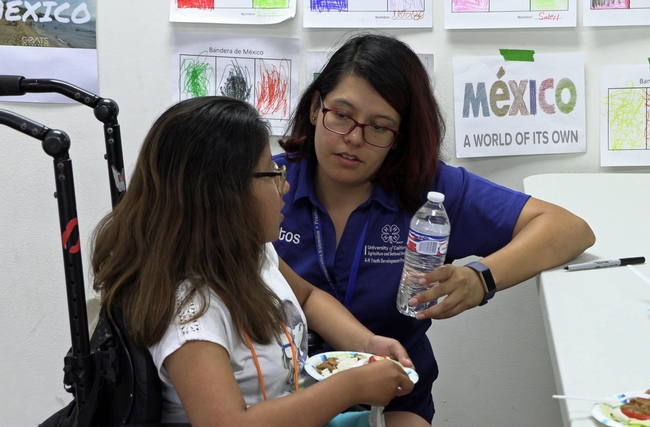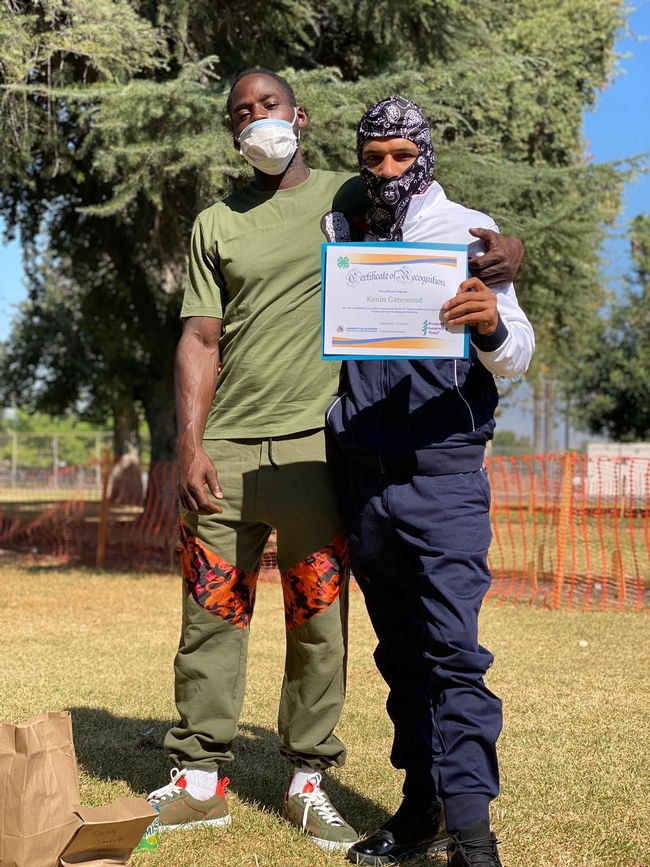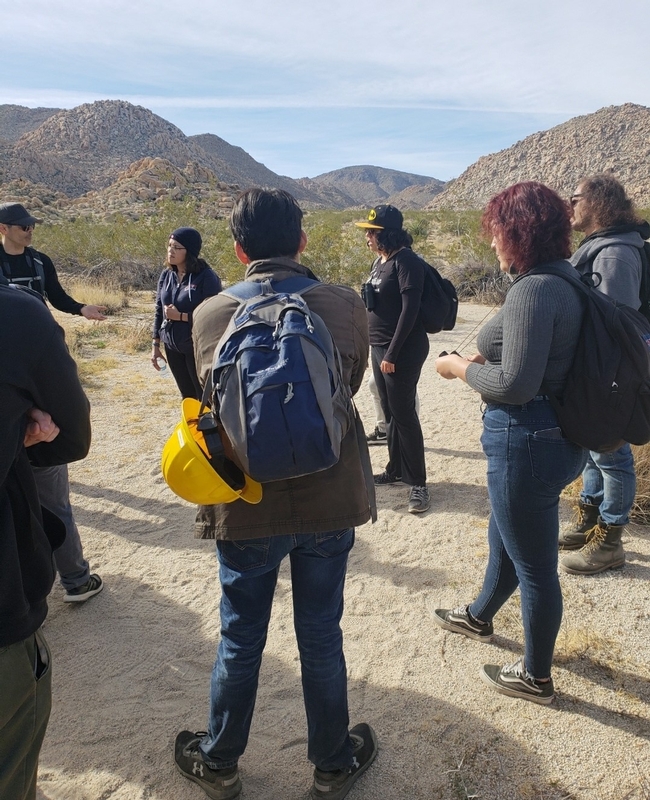Posts Tagged: Latinx
New guides for engaging Latinx youth published
A series of ANR publications have been developed for people who wish to engage Latinx youth and families in their programs.
These briefs were inspired by a research project and the Journal of Youth Development article Guiding Principles for Reaching and Engaging Latinx Youth in Youth Development Programs, by Fe Moncloa, Nancy Erbstein, Aarti Subramaniam and Claudia Diaz Carrasco.
“We know that, in general, youth-serving practitioners do not read journal articles so we used the information to write easy-to-read briefs,” said Moncloa, UC Cooperative Extension 4-H youth development advisor in Santa Clara County.
The brief ANR publications are authored by Moncloa and Claudia Diaz Carrasco, UCCE 4-H youth development advisor in Riverside and San Bernardino counties.
The five-part series are
Engaging Latinx Youth: https://anrcatalog.ucanr.edu/pdf/8690.pdf
Conceptual Foundations: https://anrcatalog.ucanr.edu/pdf/8691.pdf
Organizational Infrastructure: https://anrcatalog.ucanr.edu/pdf/8692.pdf
Program Elements: https://anrcatalog.ucanr.edu/pdf/8693.pdf
Building Relationships in Latinx Communities: https://anrcatalog.ucanr.edu/pdf/8694.pdf
Introducing Latinx youth to the science behind Southern California’s natural wonders
As a child, Sandra Bonilla had a strong connection with the natural world, however, when she grew up and began introducing people of color from Southern California's poorest neighborhoods to local mountains and forests, she said they felt marginalized.
“Almost immediately I saw the outdoor showcased as place for white privilege families, and those of us with colorful backgrounds were not welcomed,” Bonilla said. “As time went on, I realized that my own people were no longer being connected to nature and that our youth had no idea what was camping, or hiking or just enjoying the flight of birds through the top of Jeffrey Pines.”
Bonilla founded the Southern California Mountains Foundation Urban Conservation Corps of the Inland Empire. The program offers young men and women paid work in environmental conservation on meaningful projects where they develop skills that increase job readiness.
To further enhance the educational aspect of the program, the conservation corps partnered with UC Agriculture and Natural Resources (UC ANR) California Naturalist and 4-H Youth Development programs to train a group of corps members to become certified naturalists as part of a unique cohort called Los Naturalistas.
With funding from the National Forest Foundation, UC Cooperative Extension 4-H Youth Development advisor Claudia Diaz Carrasco and conservation corps staff members Gaby Nunez and Lizzet Pineda met with the cohort every Saturday for four months to coordinate presentations by the U.S. Forest Service, CalFire and other professionals and to cultivate an appreciation for the beautiful natural resources that surround their community. The group also gathered for weekly cafecitos, early morning study sessions that helped all the participants get through the training materials together.
Translated materials, creative teaching methods, a diverse expert speaker pool, and incorporation of the strengths the students bring to the table ensured that the cohort received training that was culturally relevant. All 12 emerged as Los Naturalistas, ready to make positive changes in environmental justice and access to public spaces for their communities through nature and Spanish-language interpretation.
“I give thanks to people such as Fabian Garcia, USDA Forest Service; Henry Herrera, CalFire; and Claudia Diaz, UC Agriculture and Natural Resources, who are making new career pathways for Latinos, African Americans, Native Americans and Asian Americans and are ensuring that programs such as Los Naturalistas are changing the color of green outdoor spaces,” Bonilla said.
Diaz Carrasco's involvement in the movement was sparked by an early-career research project funded by UC ANR to identify the most effective ways to reach Latinx communities.
“We found out it's best to go through organizations that are already connected with youth and families,” Diaz Carrasco said.
To learn how to encourage families and youth to participate, engage and stay involved over time, she interviewed leaders of organizations serving this population.
“We were able to identify 25 guiding principles for successful engagement with Latinx families and youth,” she said. “Things like creating a positive ethnic identity, responding to economic poverty, including families and communities, and recruiting culture brokers help build bridges. A lot of these concepts guided the development of Los Naturalistas.”
(For more on the guiding principles for reaching and engaging Latinx youth in youth development, see https://jyd.pitt.edu/ojs/jyd/article/view/19-14-02-FA-03)
The Southern California Mountains Foundation Urban Conservation Corps was a natural partner. They had a diverse corps membership and sought educational opportunities to complement the job skills their corps were gaining through field work.
“Los Naturalistas is a college-level course. You need to do the homework. You need to do the reading. When they get their certification, the participants learn that they can be successful in a college course,” Diaz Carrasco said.
With renewed confidence, the newly minted Naturalistas are encouraged to complete their high school diplomas and enroll in community college classes. They are also charged with completing volunteer time in natural stewardship, education and service. One way they can do that is by sharing their experiences and offering nature instruction to younger members of their communities.
“Instead of me directly reaching the youth, I was able to train corps members to generate interest in California's natural world and the career opportunities available to people who pursue an education. The crew is helping me hit my target audiences,” Diaz Carrasco said. “Part of my work in UC ANR is to mix science and culture. If don't do this work, there are few bilingual people who are able to teach this.”



